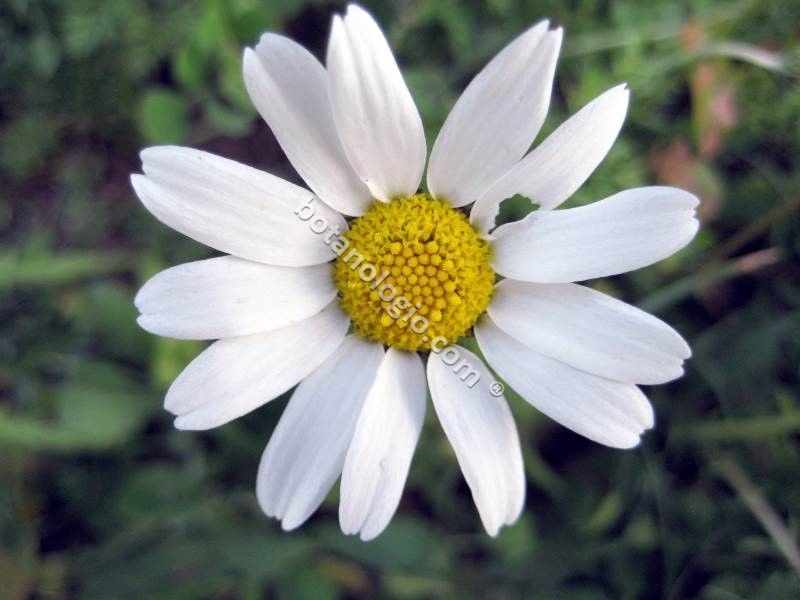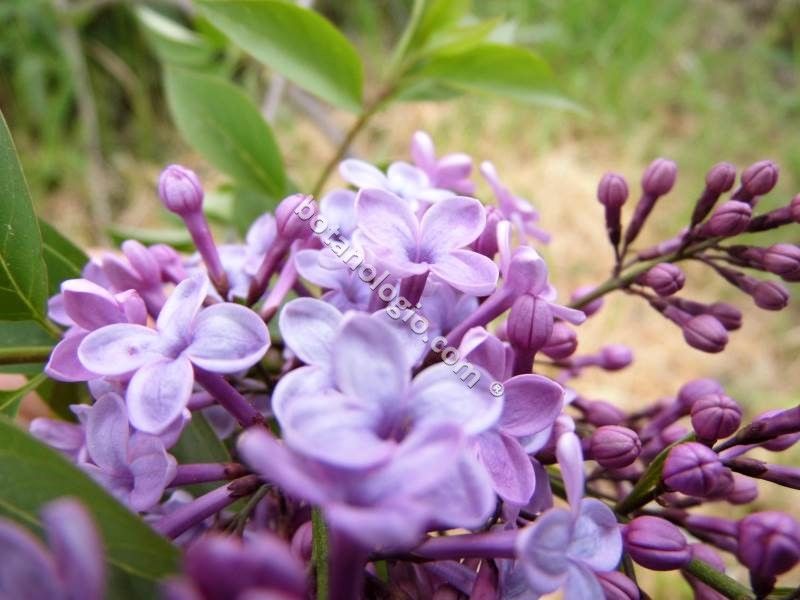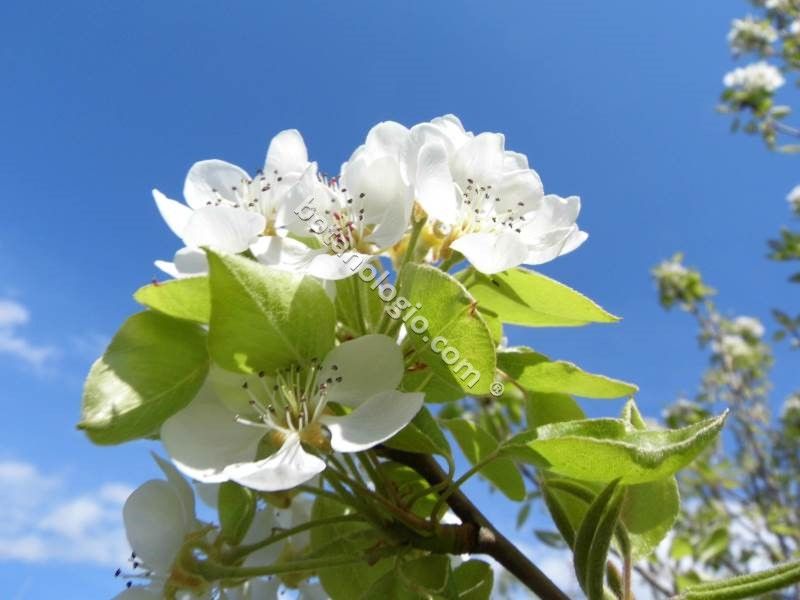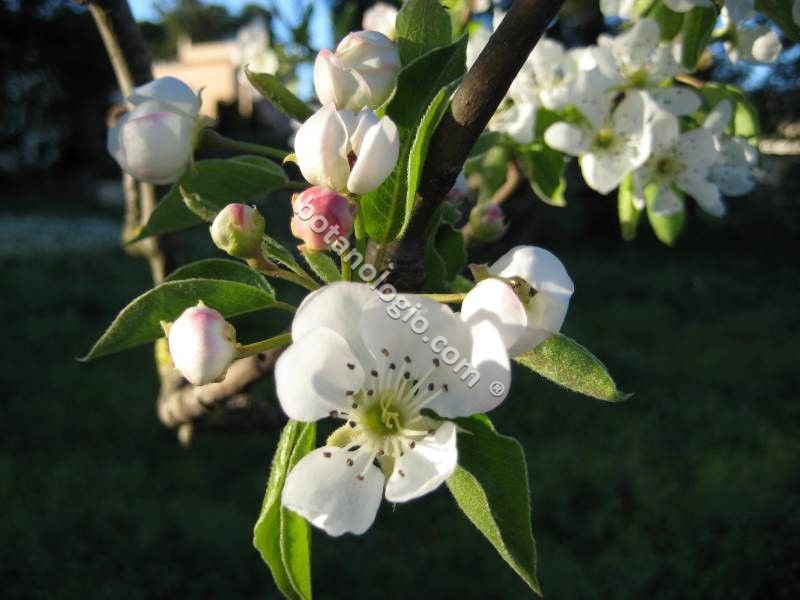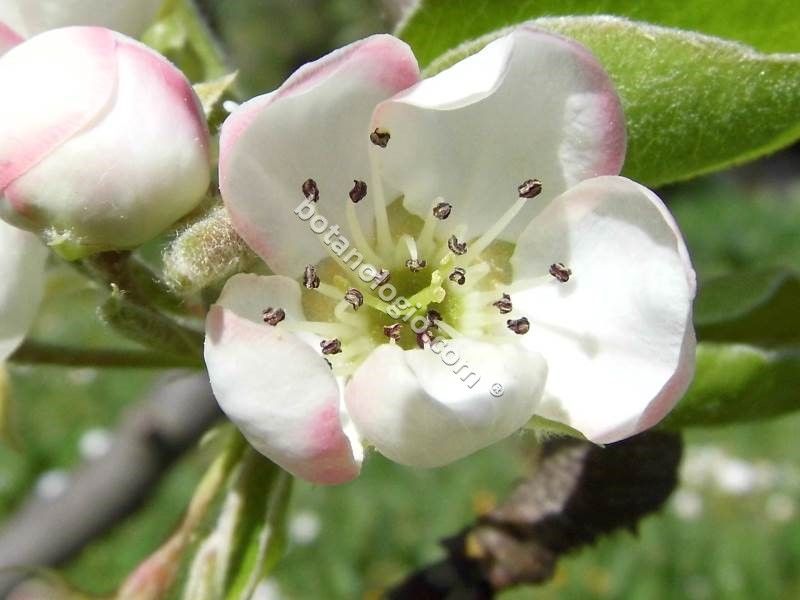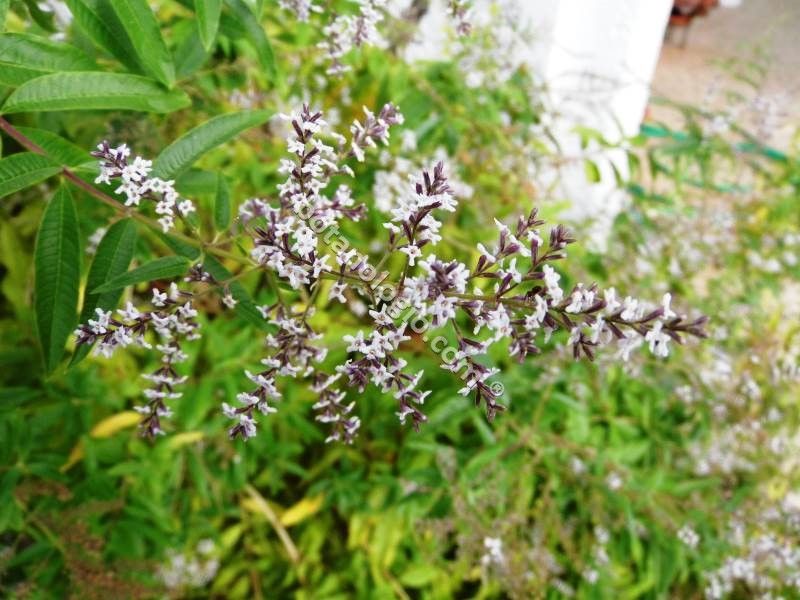Valerian collection and nutritional value
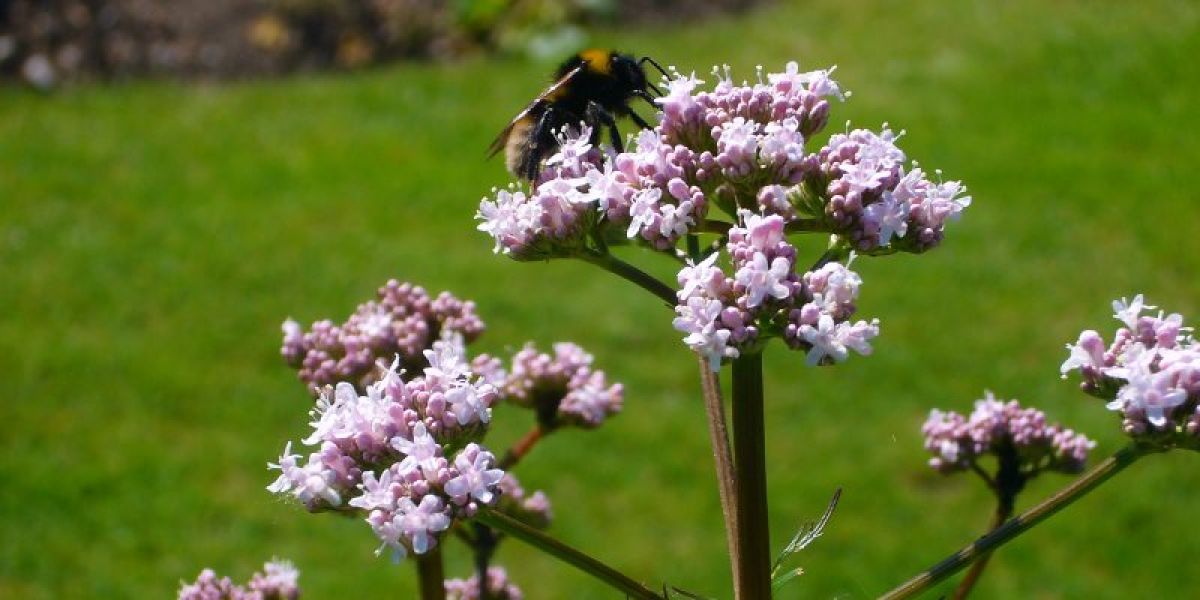
Valerian is native in Greece, mainly in northern greece and the mainland. It is a perennial herb, with its main healing properties, accumulated in its roots. It is one of the few recognized herbs for its important action on the nervous system.
Valerian thrives mainly in moist and sunny soils. It can be grown in warmer climates with the necessary watering. It blooms from May to August. The valerian root collection season is from September to October.
It is a beautiful flowering shrub, with small white to pink flowers. Although valerian root is particularly beneficial for the nervous system, it has a strong and for some unpleasant odor, so it is preferred in capsule form to avoid boiling the root. No matter how it smells, valerian has a significant effect on the nervous system to treat stress, hyperactivity and depression.
Nutritional value
Valerian contains, inter alia, sugars, starch, resins, essential oil, organic acids and nitrogenous compounds.
Another important note to make is that unlike anxiolytics and antidepressants, valerian is not addictive and is an herbal remedy. With 2 to 3 cups of valerian tea a day or depending on whether you have occasional insomnia or irritability, are enough to calm you down.
Read about the healing properties of valerian!
herbs, herbs collection, herbs nutritional value, valerian root
